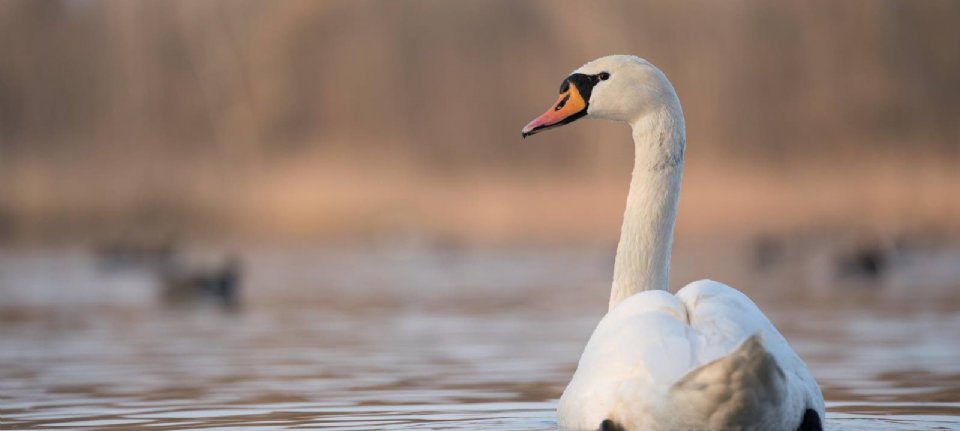Regarding the risk of avian flu, the impression is that the number of waterfowl, and in particular geese, is increasing in the Netherlands. However, the bird count data from the Sovon Knowledge Center show that the waterfowl population has remained stable over the past decade.
–
Is the number of waterfowl in the Netherlands on the rise?
The number of waterfowl hasn’t increased over the past decade. Sovon is the organization that deals with bird counting and keeps track of numbers. The number of water birds increased rapidly, especially in the 1970s, 1980s and 1990s. There was a slight increase thereafter until around 2012. Subsequently, the number of waterfowl counted remained more or less the same.
And the geese?
The same goes for this. The number has increased tenfold since the mid-1970s. This is a big increase, but more than 2 million geese and swans have been counted since 2011, with the exception of 2019. Not all birds are counted.
On average, the maximum number of waterfowl per year is estimated at around 7 million. In January, there are the largest number of water birds in the Netherlands. On average, the number is over 4 million animals during the year.
So isn’t more bird flu caused by more waterfowl?
Bird flu is no longer found because there are more waterfowl. The number of waterfowl has remained stable over the past decade, while highly pathogenic avian flu has only become a major problem since 2014. In addition, highly pathogenic avian flu is found in several bird species every year.
The virus is circulating, but not always and everywhere among waterfowl. The avian flu virus has now been found in more than 150 bird species living in the wild.
In which wild birds is avian flu most commonly found?
This is maintained centrally in Europe and depends on the effort of the laboratories. The more birds you fetch, the greater the chance of positive cases in an outbreak. Since October 2021, avian influenza has been detected more frequently in sandwich tern (1,152 times), barnacles (651 times) and wild goose (649 times).
After Germany (1,509 times), the Netherlands (674 times) is the country where avian flu has been found most often in a wild bird. In France (1,392 times), most poultry farms were affected, followed by Italy (317), Hungary (290), Poland (98), Germany (94) and the Netherlands (65).
Are poultry farms in wetlands most affected?
Relatively speaking, a company located in a wetland, such as Friesland, is often affected. However, the impact is much greater in the event of contamination in the non-water-rich poultry area of Gelderse Vallei, because consequently more herds will be located in a restricted area.
–


